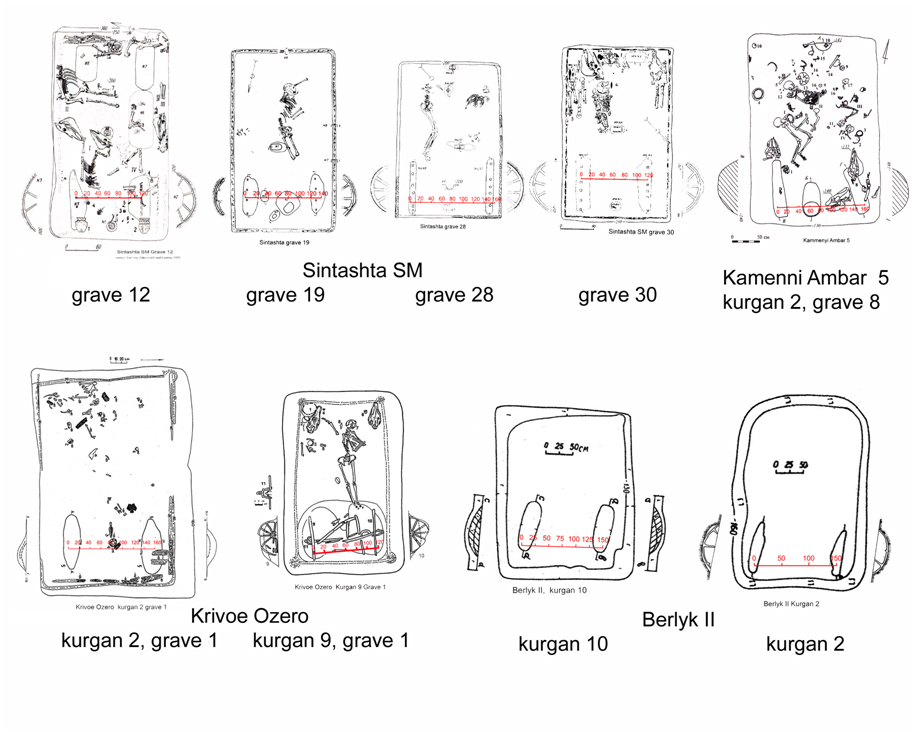Angela
Elite member
- Messages
- 21,823
- Reaction score
- 12,329
- Points
- 113
- Ethnic group
- Italian
3rd Law of Behavior Genetics says that a substantial portion of the variation in complex human behavioral traits is not accounted for by either the effects of genes or families:
http://journals.sagepub.com/doi/full/10.1177/0963721415580430
And this article says that even if you are directly descended from some group, it doesn't mean that you are behaviorally the same (one example are Vikings and modern Swedes):
https://archive.unews.utah.edu/news_releases/are-humans-evolving-faster/
"We aren’t the same as people even 1,000 or 2,000 years ago," he says, which may explain, for example, part of the difference between Viking invaders and their peaceful Swedish descendants.
Just like Puerto Rican bees are more peaceful than their ancestors due to soft selection on several genes.
I'll repeat:
"Please don't project your issues onto me. I'm not a "supremacist" of any type.
I just believe in following the logic wherever it takes me.
Btw, I don't consider a militaristic, highly patriarchal society an achievement or something to be lauded.
Their achievements are due to their borrowing from Minoan CULTURE.
How you interpret comments says much more about YOUR mindset than about mine."
I do find it amusing, however, when people who post over and over again about how things like intelligence all the way to GDP to heroism is based on genetics suddenly get religion and claim genetics don't count when some group with little connection to them has accomplished a great deal.
Like I said, you can't make this stuff up.








